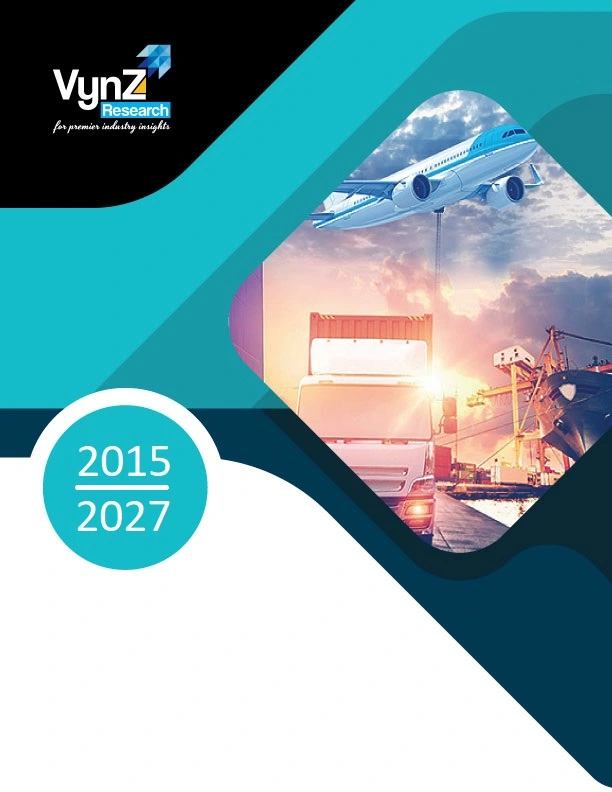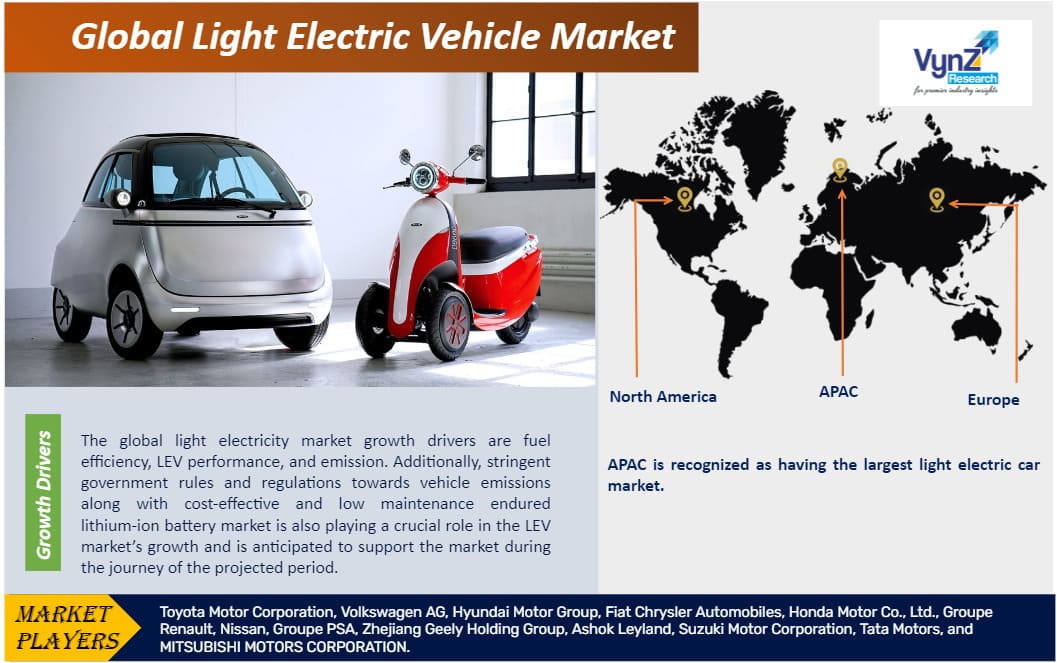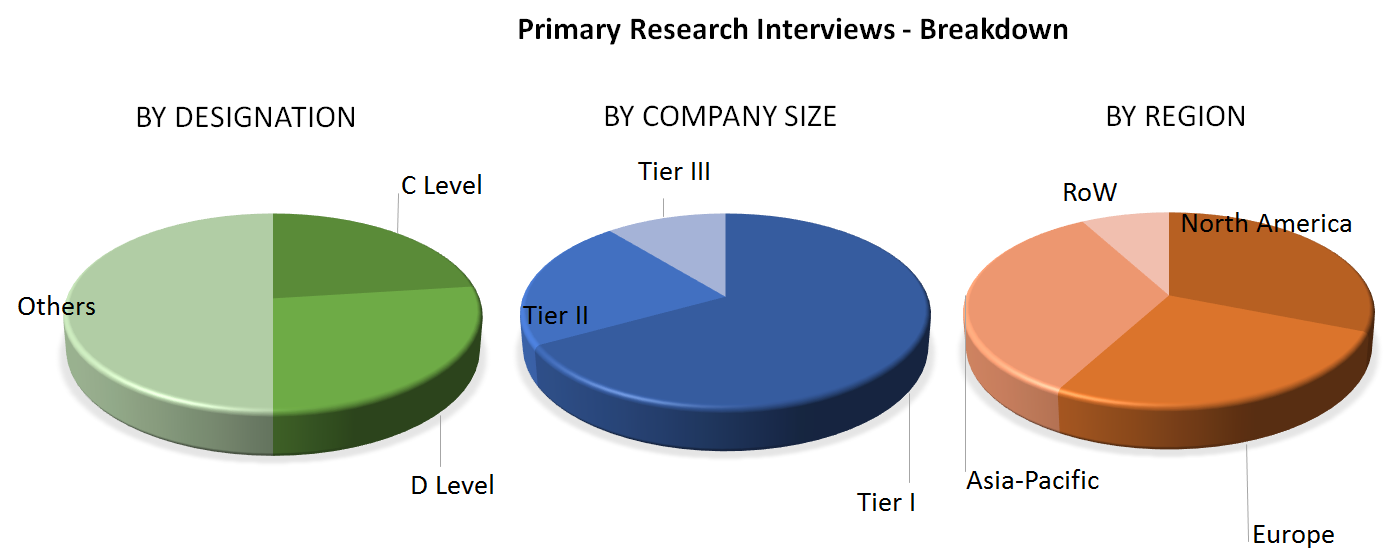| Status : Published | Published On : Dec, 2023 | Report Code : VRAT4004 | Industry : Automotive & Transportation | Available Format :

|
Page : 187 |

Global Light Electric Vehicle Market – Analysis and Forecast (2025-2030)
Industry Insights by Product (Two-Wheelers, Three-Wheelers, Four-Wheelers), by Voltage (24V, 36V, 48V, 60V, 72V), by Application (Personal Mobility, Shared Mobility/Transportation, Recreation and Sports, Work Assist/Commercial Uses, and Others)
Industry Overview
During the projected period of 2025-30, the Global Light Electric Vehicle Market is expected to reach USD 6.83 billion by 2030 with a CAGR of 9.3%, and currently, in 2023 the market is USD 2.3 Billion. However, the reasons behind propelling the Global electric market are emerging environmental concerns, financial support from the governments, depletion in oil reserves, and frequent price variation in the fuel market. Moreover, several new chagrining stations, rapid latest trends, and technology used in the manufacturing of e-bikes are also expected to contribute to the growth plan of the Global light E-vehicle market.

This study sheds insight into the global light electric vehicle market sizes in various nations and segments. However, the light e-vehicle trend, technology, government policies, and previously predicted and realized growth plans of the same tenure serve as the research basis for this study. Additionally, this research discusses the qualitative and quantitative characteristics, prospects, and problems of the sector in each of the regions and countries that participated in the study.
Impact of Covid-19
The pandemic of Covid-19 impacted the overall automotive industry & transport industries and undoubtedly impacted the e-bike market, electric vehicle parts market, and e-vehicle battery market. Due to the global supply chain being disrupted during the epidemic; some light EV manufacturers noticed a straight decline in sales of their e-vehicles. However, the outcome of this was manufacturers had to compromise with their showrooms due to the rapid extension of lockdown and shutdown.
After the COVID-19 outbreak, the Global Light Vehicle Market is getting exponential growth through receiving financial as well as promotional support from governments and the emergence of an eco-friendly-environment.
Light Electric Vehicle Market Segment
Insight by Product
Based on product type global market of light electric vehicles is bifurcated into Hybrid Electric Vehicle (HEV), Plug-in Hybrid Electric Vehicle (PHEV), and Battery Electric Vehicle (BEV) for two-wheelers, and three-wheeler vehicles. The light electric market of vehicles is dominated by the Plug-in Hybrid Electric Vehicle (PHEV) which is anticipated to play the crucial role of the highest contributor to the projected CAGR. Moreover, the impact of the e-charging station market growth is also estimated to contribute to the growth plan of the global light electric vehicle market.
Insight by voltage
Based on voltage range, the market for light electric vehicles is divided into 24V, 36V, 48V, 60V, and 72V segments. In 2021, 48V light electric vehicles, primarily utilized in electric bikes and scooters, generated the most income. However, throughout the projected period, the quick growth of 72V battery pack light electric vehicles is anticipated to be driven by the rise in demand for the use of 72V electric vehicles as an alternative to cars and public transportation among city inhabitants.
Insight by application
Based on application global electric vehicle market is divided into e-vehicles for personal use, commercial, sports, and shared. E-scooters for personal and commercial purposes and E-rickshaws in support of governments’ financial policies and subsidies have dominated the market. Moreover, the reduced oil reserve and rapid hike in fuel prices are also contributing to the global electric vehicle market to growth.
Insight by Battery
The global light electric vehicle market is based on batteries bifurcated into Lithium cobalt batteries (LCA), Lithium-ion polymer batteries (LiPo), Lithium-ion batteries, nickel-metal hydride batteries (NIMH), and more. Due to its long endurance and low maintenance requirements, the lithium-ion segment dominates the LEV market and is anticipated to contribute to the growth plan of e-vehicles with lithium-ion batteries.
Global Light Electric Vehicle Market Report Coverage
|
Report Metric |
Details |
|
Historical Period |
2018 - 2023 |
|
Base Year Considered |
2024 |
|
Forecast Period |
2025 - 2030 |
|
Market Size in 2024 |
U.S.D. 2.3 Billion |
|
Revenue Forecast in 2030 |
U.S.D. 6.83 Billion |
|
Growth Rate |
9.3% |
|
Segments Covered in the Report |
By Product, By Voltage, By Application, By Battery |
|
Report Scope |
Market Trends, Drivers, and Restraints; Revenue Estimation and Forecast; Segmentation Analysis; Impact of COVID-19; Companies’ Strategic Developments; Market Share Analysis of Key Players; Company Profiling |
|
Regions Covered in the Report |
North America, Europe, Asia-Pacific, Middle East, and the Rest of the World |
Industry dynamic
Light Electric Vehicle Market Growth Drivers
The global light electricity market growth drivers are fuel efficiency, LEV performance, and emission. Additionally, stringent government rules and regulations towards vehicle emissions along with cost-effective and low maintenance endured lithium-ion battery market also play a crucial role in the LEV market’s growth and are anticipated to support the market during the journey of the projected period.
Light Electric Vehicle Market Challenges
During the projected period of 2025-2030, the Global light electric market growth has challenges as well. The speed of the LEVs plays a major role in that. Moreover, fewer charging stations are also a considerable challenging factor in the growth of the LEV market. But as different governments are initiating and providing financial as well as promotional support to eco-friendly vehicles these challenges are also expected to be overcome during the forecast period. The global charging station market is expected to grow at a CAGR of 44.1% during the forecast period which will directly impact LEV market growth. Additionally, the global Electric vehicle market with the latest trends and technologies is growing and is expected to value 134.6 billion dollars during the same projected period.
Light Electric Vehicle Industry ecosystem
Industry companies are expanding their regional reach and introducing new goods to take advantage of market growth on a global scale. A variety of players are investing in the creation of new battery technologies to reduce the price of light electric cars so they can compete with gasoline cars in terms of performance and price. Industry leaders expect to price reduction of light electric vehicles drastically and improve their performance in the upcoming years, resulting in widespread acceptance.
The Global Light Vehicle market key players give the overview through an in-depth study of competition which includes an overview of the business, financials, revenue, market potential, investments in R&D, new market initiatives, regional presence, corporate strengths and weaknesses, product launches, product breadth and depth, and application domination.
Light Electric Vehicle Market Geographical Overview
Since the region is seeing significant urbanization and hence needs sustainable and reasonably priced transportation options, APAC is recognized as having the largest light electric car market. Government programs and subsidies are also promoting regional market expansion as a means of reducing the industrial economies' rising pollution levels, notably those of China and India. Electric bikes are also in high demand in Europe, which is helping the market for light electric cars expand there.
Global, North America, Europe, Asia-Pacific (APAC), Middle East and Africa (MEA), and South America market share data are all independently available. DBMR analysts are aware of competitive advantages and offer competitive analyses for each rival individually.
Recent Development by Key Players
Hyundai Motor Company and Iveco Group collaborated for an IVECO-badged all-electric light commercial vehicle for Europe, based on Hyundai’s Global eLCV platform. The new vehicle will join Iveco Group’s electric light commercial vehicle lineup, enhancing the Group’s LCV portfolio alongside the iconic IVECO Daily.
The Renault Group and the Volvo Group have partnered to develop a new generation of electric vans. It operates under the name Flexis and will be funded by its two parent companies with 300 million euros each within three years. The business purpose of the new unit is the development and production of innovative electric vans based on a software-based 800-volt platform.
Light Electric Vehicle Market Competitive Insight
Toyota Motor Corporation is a Japanese multinational automotive manufacturer headquartered in Toyota City, Aichi, Japan. It was founded by Kiichiro Toyoda and incorporated on August 28, 1937. Toyota is the largest automobile manufacturer in the world, producing about 10 million vehicles per year.
Volkswagen AG, known internationally as the Volkswagen Group, is a German public multinational conglomerate manufacturer of passenger and commercial vehicles, motorcycles, engines and turbomachinery.
Toyota Motor Corporation, Volkswagen AG, Hyundai Motor Group, Fiat Chrysler Automobiles, Honda Motor Co., Ltd., Groupe Renault, Nissan, Groupe PSA, Zhejiang Geely Holding Group, Ashok Leyland, Suzuki Motor Corporation, Tata Motors, and MITSUBISHI MOTORS CORPORATION are the major player of the domestic as well as global light vehicles market.
The electric freight bike solutions company Velosophy BV has been acquired by Accell Group. Ingersoll-Rand plc, Polaris Industries, Inc., Gogoro Inc., GOVECS GmbH, Lit Motors Inc., Mahindra GenZe, Piaggio & C. SpA, Terra Motors, Vmoto Limited, Yadea Technology Group, Zero Motorcycles Inc., AIMA Technology Group Co. Ltd., and Jiangsu Xinri E-Vehicle Co., Ltd. are a few of the other
The Light Electric Vehicle Market report offers a comprehensive market segmentation analysis along with an estimation for the forecast period 2025–2030.
Segments Covered in the Report
- By Product
- Hybrid Electric Vehicle (HEV)
- Plug-in Hybrid Electric Vehicle (PHEV)
- Battery Electric Vehicle (BEV)
- By Voltage
- 24V
- 36V
- 48V
- 60V
- 72V
- By Application
- E-Vehicles
- Commercial Vehicles
- Sports and Shared
- Others
- By Battery
- Lithium Cobalt Batteries (LCo)
- Lithium-ion polymer Batteries (LiPo)
- Lithium-Ion Batteries
- Nickel-Metal Hybride Batteries (NIMH)
Region Covered in the Report
- North America
- U.S.
- Canada
- Mexico
- Europe
- Germany
- U.K.
- France
- Italy
- Spain
- Russia
- Rest of Europe
- Asia-Pacific (APAC)
- China
- Japan
- India
- South Korea
- Rest of Asia-Pacific
- Rest of the World (RoW)
- Brazil
- Saudi Arabia
- South Africa
- U.A.E.
- Other Countries

Frequently Asked Questions
Purchase Options
Latest Report
Research Methodology
- Desk Research / Pilot Interviews
- Build Market Size Model
- Research and Analysis
- Final Deliverabvle
Connect With Our Sales Team
- Toll-Free: 1 888 253 3960
- Phone: +91 9960 288 381
- Email: enquiry@vynzresearch.com
Light Electric Vehicle Market
